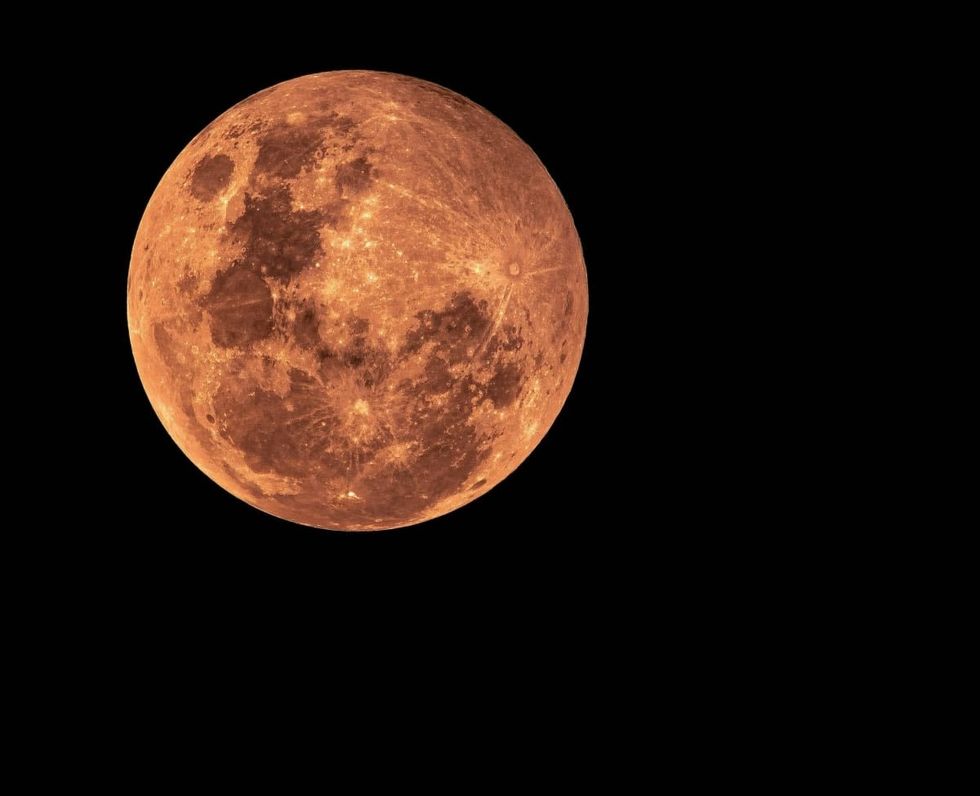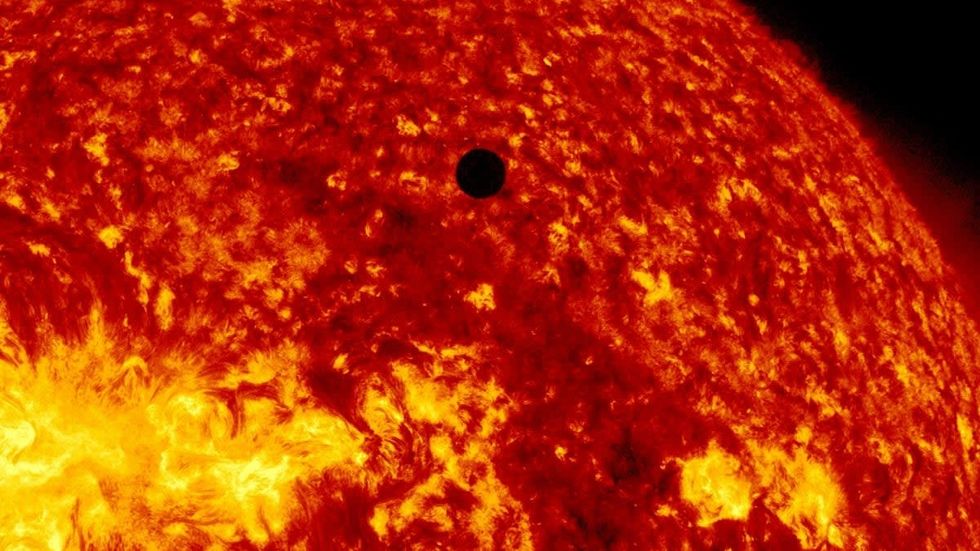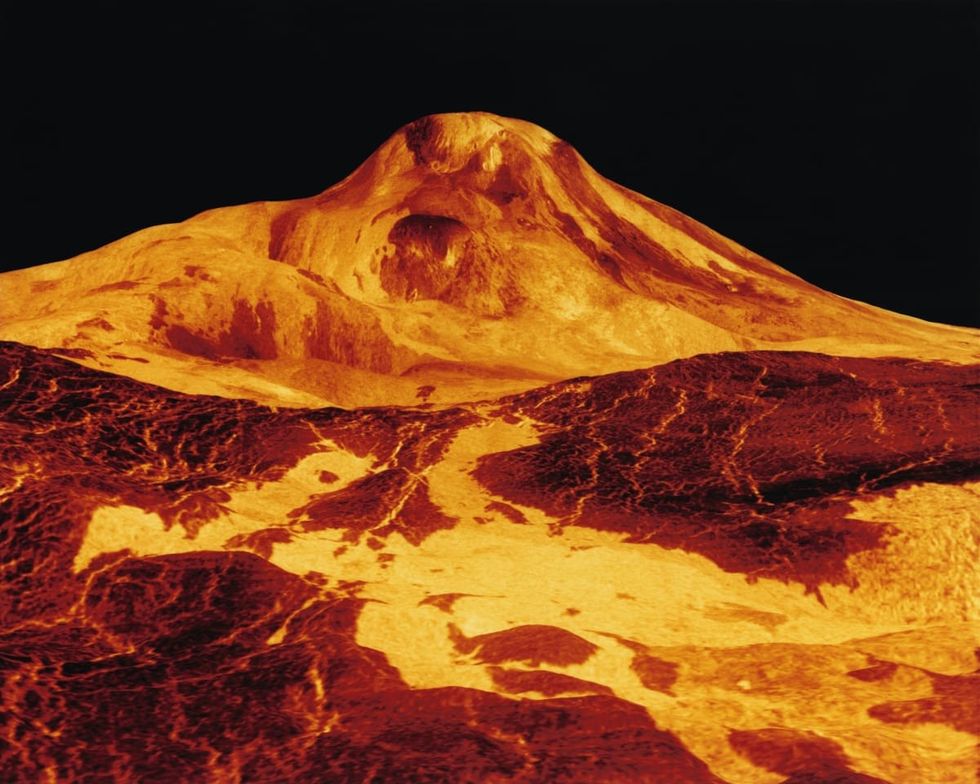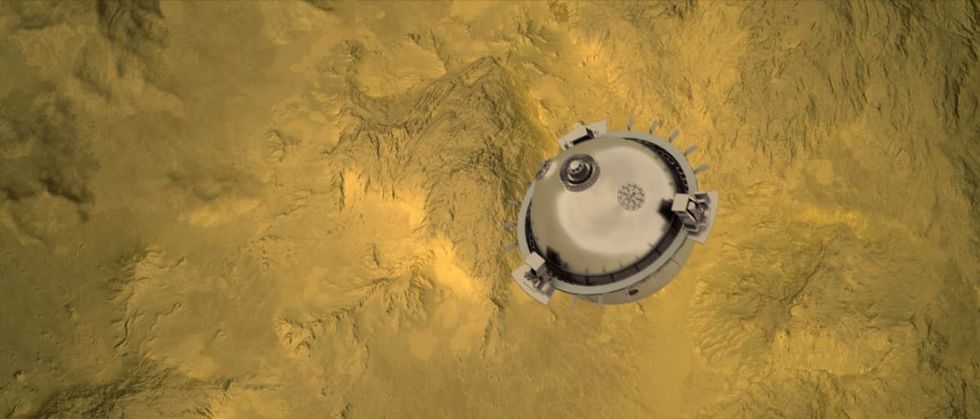Unlike Earth, which is rich in water, Venus is a dry and dusty planet today. But this wasn't always the case. Billions of years ago, Venus had oceans, pools, and streams. Over time, its water evaporated, leaving the planet's surface parched and inhospitable. A new study, "The Water Story on Venus," explores how this drastic change occurred.

For the first time, a team of scientists from the University of Colorado Boulder has revealed how the wellspring of water on Venus dried up over time, turning it into a scorching desert. The research paper was published on May 6 in the journal Nature. “Water is really important for life,” said Eryn Cangi, a research scientist at the Laboratory for Atmospheric and Space Physics (LASP) and co-lead author of the study.
“We need to understand the conditions that support liquid water in the universe, and that may have produced the very dry state of Venus today,” Cangi added. The team used computer simulations to unfold the secret that hydrogen atoms in Venus’ atmosphere go whizzing into space through a process known as “dissociative recombination,” causing it to lose water.

At some point during its evolution, Venus’ atmosphere got clouded with molecules of carbon dioxide that triggered an intense runaway greenhouse effect. Numbers rose vigorously on the temperature scale, and the high temperature caused water to evaporate, sending plumes of vapor into space and drying up the planet.
The computer models that the researchers employed allowed them to treat Venus as a gigantic chemistry laboratory where they studied the reactions occurring in the planet’s atmosphere. The culprit behind evaporating water, they say, is a molecule called HCO+. As the formula suggests, the ionic molecule contains one atom of hydrogen, one of carbon, and one of oxygen.

They explained that HCO+ is produced constantly in the atmosphere, but individual ions don’t survive for long. Electrons in the atmosphere find these ions and recombine to split the ions in two. In the process, hydrogen atoms flit away into the solar system, robbing Venus of one of the two components of water. And on Venus, there is a proliferation of HCO+ molecules going on every second.
Today, Venus, also known by names like “Earth’s twin” and “Earth’s sister planet,” has significantly less water as compared to Earth, even though both planets are the same in size. Venus is even hotter than Mercury, which is closer to the Sun. “Venus has 100,000 times less water than the Earth, even though it’s basically the same size and mass,” described Michael Chaffin, co-lead author of the study and a research scientist at LASP.
Describing it visually, Cangi said that if all water on the two planets were spread out like jam on toast, the Earth’s water layer would turn out to be 3 kilometers deep, while the Venus’ water layer would be only 3 centimeters deep, which is not even enough water to dip one’s toes. Nevertheless, Chaffin and Cangi say that they have not been able to determine the HCO+ composition in Venus’ atmosphere, given the limitations of equipment and instrumentation. But it is not long before scientists will be able to send space probes to Venus as efficiently as they send these to planets like Mars.

For instance, NASA's Deep Atmosphere Venus Investigation of Noble gases, Chemistry, and Imaging (DAVINCI) mission is set to drop a spacecraft into the furnace-like atmosphere of Venus to determine its chemical composition. The craft is set to launch in 2029. Although DAVINCI won't be sufficient equipment to detect HCO+, the team hopes to discover more than what is already known about the searing hot sister planet with advanced missions like this.

















 Rock deterioration has damaged some of the inscriptions, but they remain visible. Renan Rodrigues Chandu and Pedro Arcanjo José Feitosa, and the Casa Grande boys
Rock deterioration has damaged some of the inscriptions, but they remain visible. Renan Rodrigues Chandu and Pedro Arcanjo José Feitosa, and the Casa Grande boys The Serrote do Letreiro site continues to provide rich insights into ancient life.
The Serrote do Letreiro site continues to provide rich insights into ancient life.




 Music isn't just good for social bonding.Photo credit: Canva
Music isn't just good for social bonding.Photo credit: Canva Our genes may influence our love of music more than we realize.Photo credit: Canva
Our genes may influence our love of music more than we realize.Photo credit: Canva
 Great White Sharks GIF by Shark Week
Great White Sharks GIF by Shark Week

 Blue Ghost Mission 1 - Sunset Panorama GlowPhoto credit:
Blue Ghost Mission 1 - Sunset Panorama GlowPhoto credit: